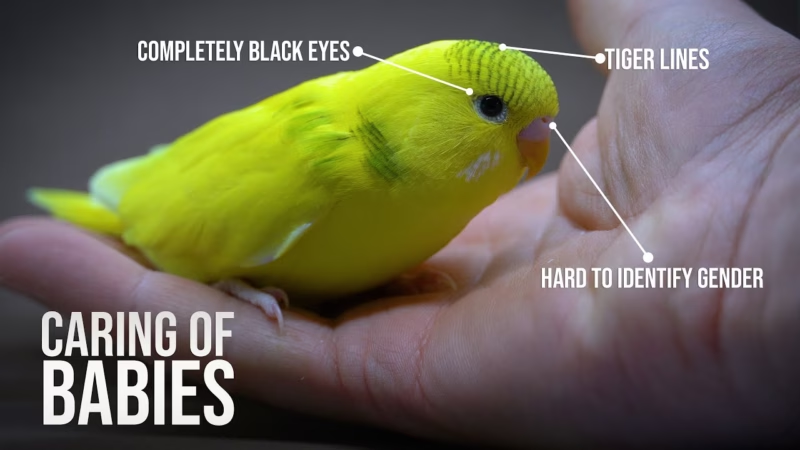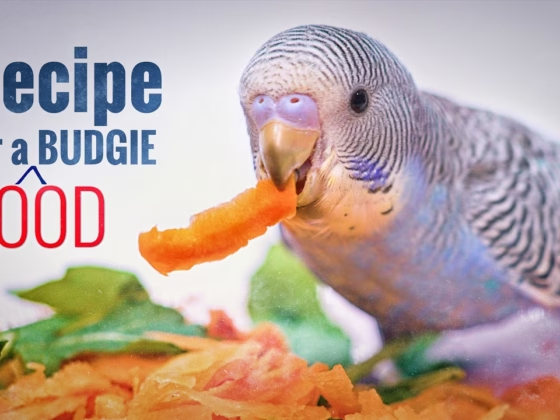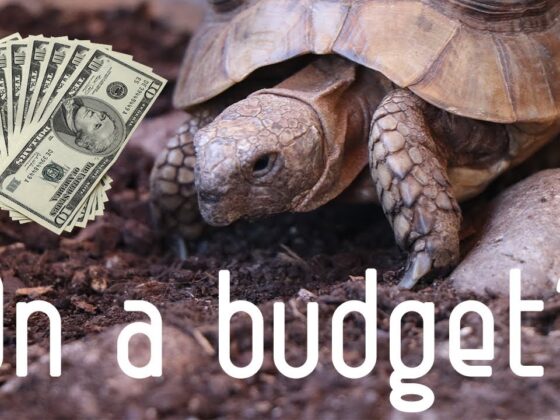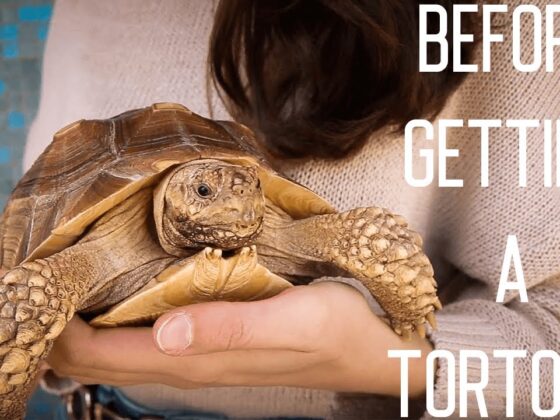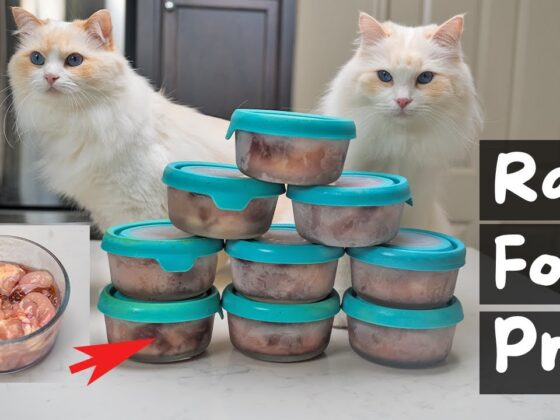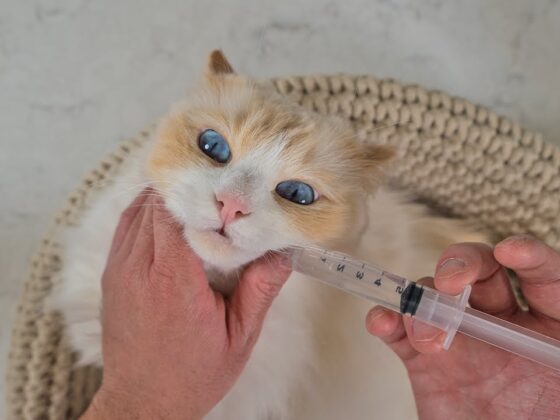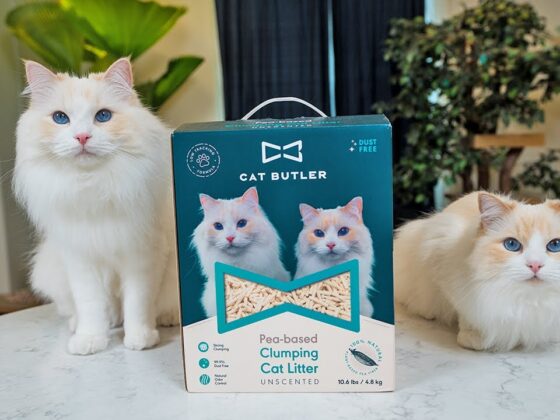Are you welcoming a tiny, four-week-old budgie into your home and feeling a little overwhelmed? Raising a baby budgie is a rewarding experience, but it comes with unique responsibilities, especially during their delicate early weeks.
This comprehensive guide from Petiance will walk you through every essential step of caring for your 4-week-old budgie, ensuring they grow into a healthy, happy companion. You’ll learn critical feeding techniques, how to maintain optimal hygiene, and create the perfect environment for their development.
Watch the Full Video: How to Feed Baby Budgies
Understanding Your Fledgling: What Does a 4-Week-Old Budgie Look Like?
At four weeks old, your baby budgie is officially a “fledgling”—a fascinating stage of rapid growth and development. While they haven’t reached their full adult size, you’ll notice distinct characteristics:
- Developing Flight Feathers: This is when their flight feathers truly start coming in.
- Tiger Patterns: Look for parallel black lines starting from the beak and spreading over their head, resembling tiger stripes.
- Bright Pink Legs: A clear indicator of their young age.
- Completely Black Eyes: Unlike adult budgies, their pupils are not yet visible. Their eyesight is still developing, though they can distinguish colors.
- Pointed, Curved Beak: Designed for effective seed peeling.
Feeding Your Fledgling: How to Feed 4-Week-Old Budgies
Proper nutrition is paramount for a healthy and long life. For 4-week-old budgies, a varied diet is crucial. The primary method for feeding at this age involves a specialized formula:
- Baby Bird Formula: Available at most pet stores. This is specifically formulated for their nutritional needs.
- Preparation with Boiled Water: Always use boiled water that has been cooled to ensure the highest level of hygiene. The formula shouldn’t be too thick, as this can make swallowing difficult for your baby budgie.
- Feeding Tools: A disposable syringe (from medical stores) is recommended for faster and less messy feeding. If a syringe isn’t available, a plastic teaspoon can be used, though it might be messier.
Mimicking Budgie Parents: The Feeding Technique
To stimulate the feeding response, gently tap your budgie’s beak with the syringe or spoon. This mimics how parent budgies tap their babies’ beaks. Their parents also feed them by inserting their beaks into the babies’ mouths and regurgitating food. Don’t feed too fast; always wait until the previous bite has been swallowed.
Monitoring the Crop
The “crop” is a muscular pouch where budgies store food for digestion. It should typically empty within four hours. If you notice it’s constantly full, this can indicate a problem and may require veterinary attention.
Encouraging Self-Feeding
By the end of the fourth week, budgies will start exploring and trying new foods, even attempting to crack seeds. This is an excellent time to encourage independence! Scatter some grain at the bottom of their cage and allow them to start feeding themselves. It’s a natural step in their development.
Creating the Ideal Environment for Your Baby Budgie
Beyond food, a suitable living environment is crucial for your budgie’s growth and well-being. Budgies are resilient but thrive in proper conditions.
Hygiene and Bathing
Budgies are naturally neat birds, frequently preening their feathers with their beaks. While adult budgies can bathe once a week, for 4-week-old fledglings, it’s better to gently spray them with water. This is because their feathers are still developing, and they shouldn’t get too dirty. Always use warm water—never hot—in a spray mister or plant spray bottle. Spray above their head so the mist gently settles on them. If your budgie flaps its wings or puffs out its feathers, it’s a good sign they’re enjoying their bath!
Temperature and Humidity
Budgies prefer temperatures between 65°F to 85°F (18°C to 29°C). For babies, maintaining this optimal range is even more critical, especially if they aren’t close to their mother. Humidity levels should be constant—not too low or too high—to prevent discomfort and stress. As they mature, they will adapt better to external conditions.
Peace and Quiet
Baby budgies need almost complete peace, particularly when resting and sleeping. Excessive noise can cause significant stress as they adapt to surrounding sounds. Avoid placing their cage near televisions or busy rooms with children. A quiet, relaxing environment is best for their developing minds and bodies.
Maintaining a Clean Home
Young budgies can be quite messy, and maintaining high hygiene levels is crucial, as their immunity is still developing. To protect them from harmful microorganisms, their cage must be cleaned regularly. Scrub it down at least once a week using non-toxic soap and hot water. A clean home directly contributes to a healthier budgie!
Recommended Products for Your Baby Budgie
To ensure your 4-week-old budgie thrives, consider these essential supplies:
- Quality Baby Bird Formula: Choose a reputable brand designed for optimal chick growth. Find top-rated formulas here.
- Feeding Syringe or Teaspoon: Essential for accurate and hygienic hand-feeding. Explore feeding tools.
- Mist Spray Bottle: For gentle bathing and maintaining feather health. Discover suitable spray misters.
Explore More Petiance Budgie Guides
Conclusion: Nurturing Your Young Budgie for a Happy Life
Caring for a 4-week-old budgie requires dedication, but with the right knowledge and tools, you can provide them with the best possible start. By understanding their unique needs for feeding, hygiene, and a peaceful environment, you’re setting the foundation for a strong bond and a vibrant life together. Remember, patience and gentle care are your greatest assets during this precious stage.
What has been your experience raising young budgies? Share your tips and questions in the comments below, and don’t forget to explore more of our expert pet care resources on Petiance!
